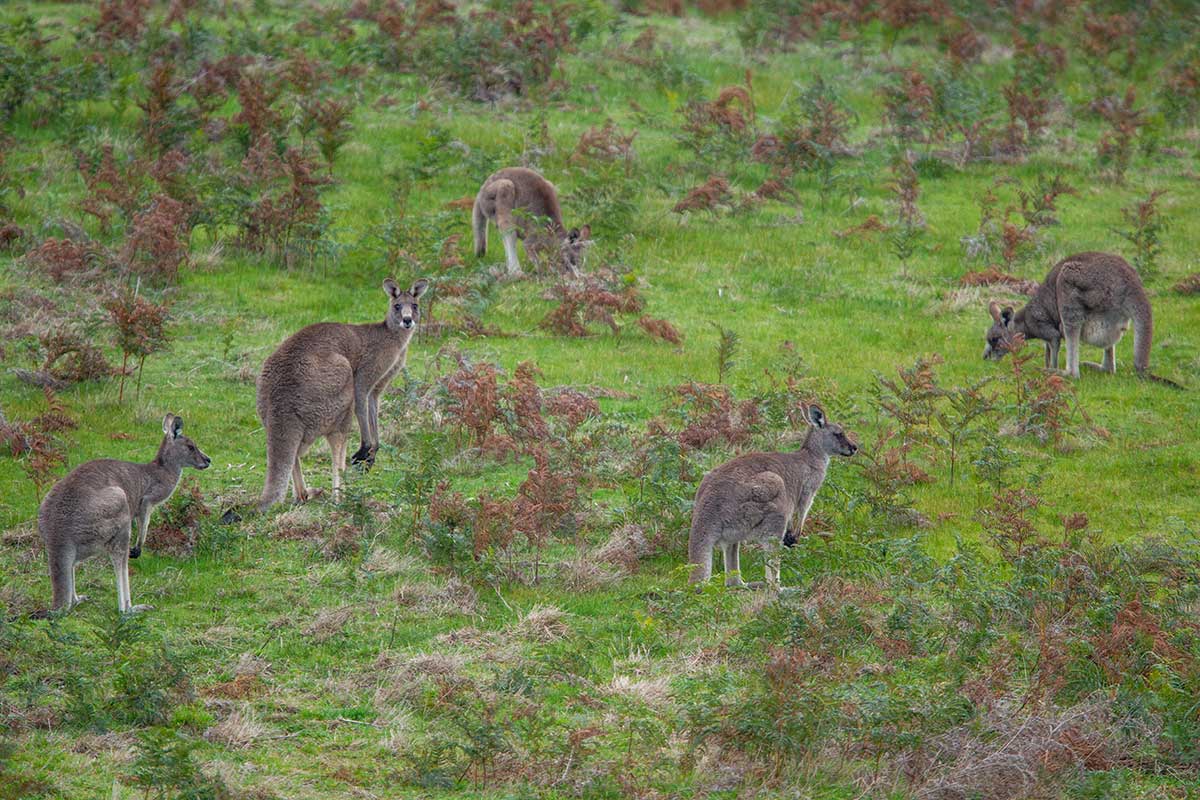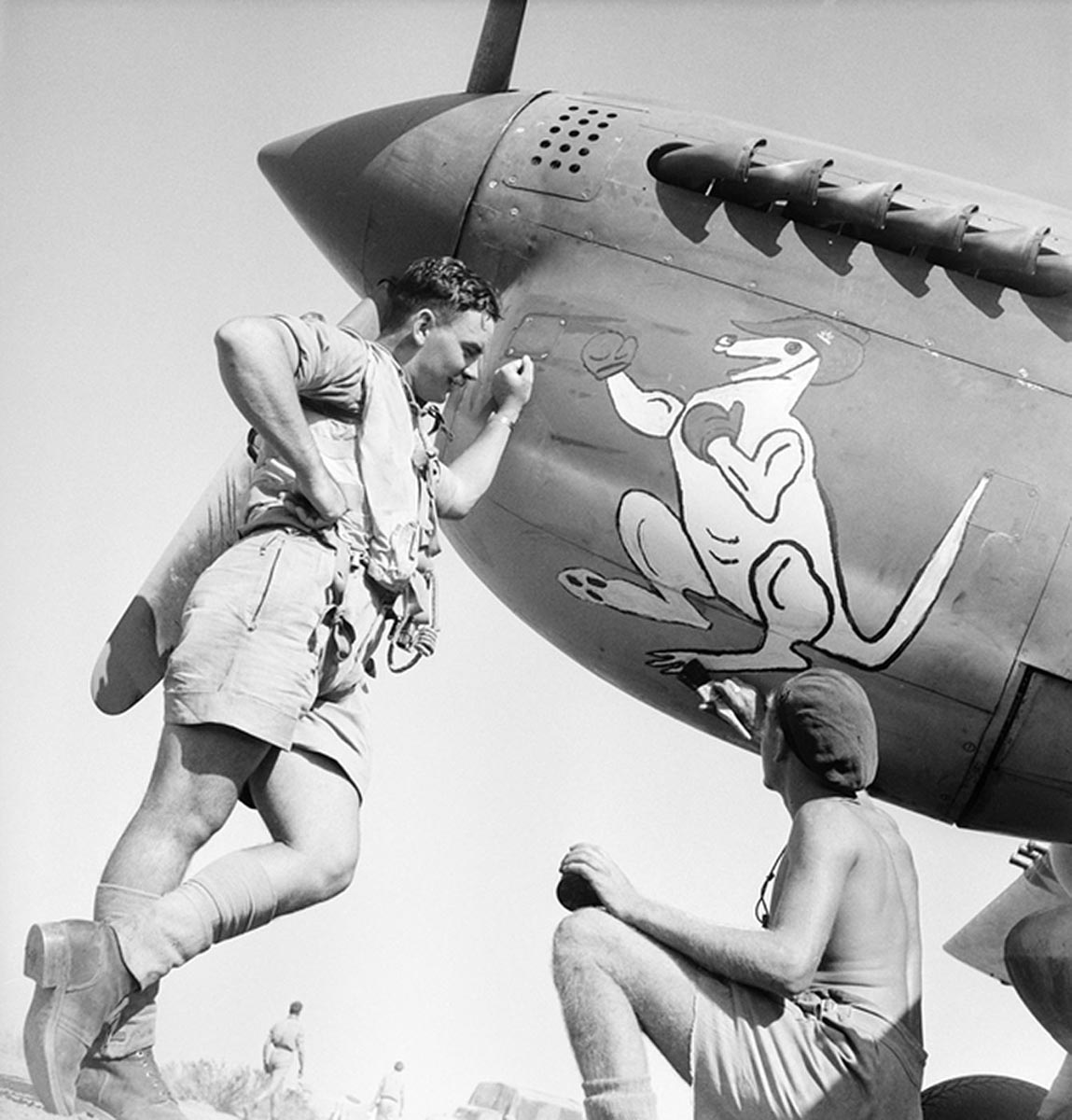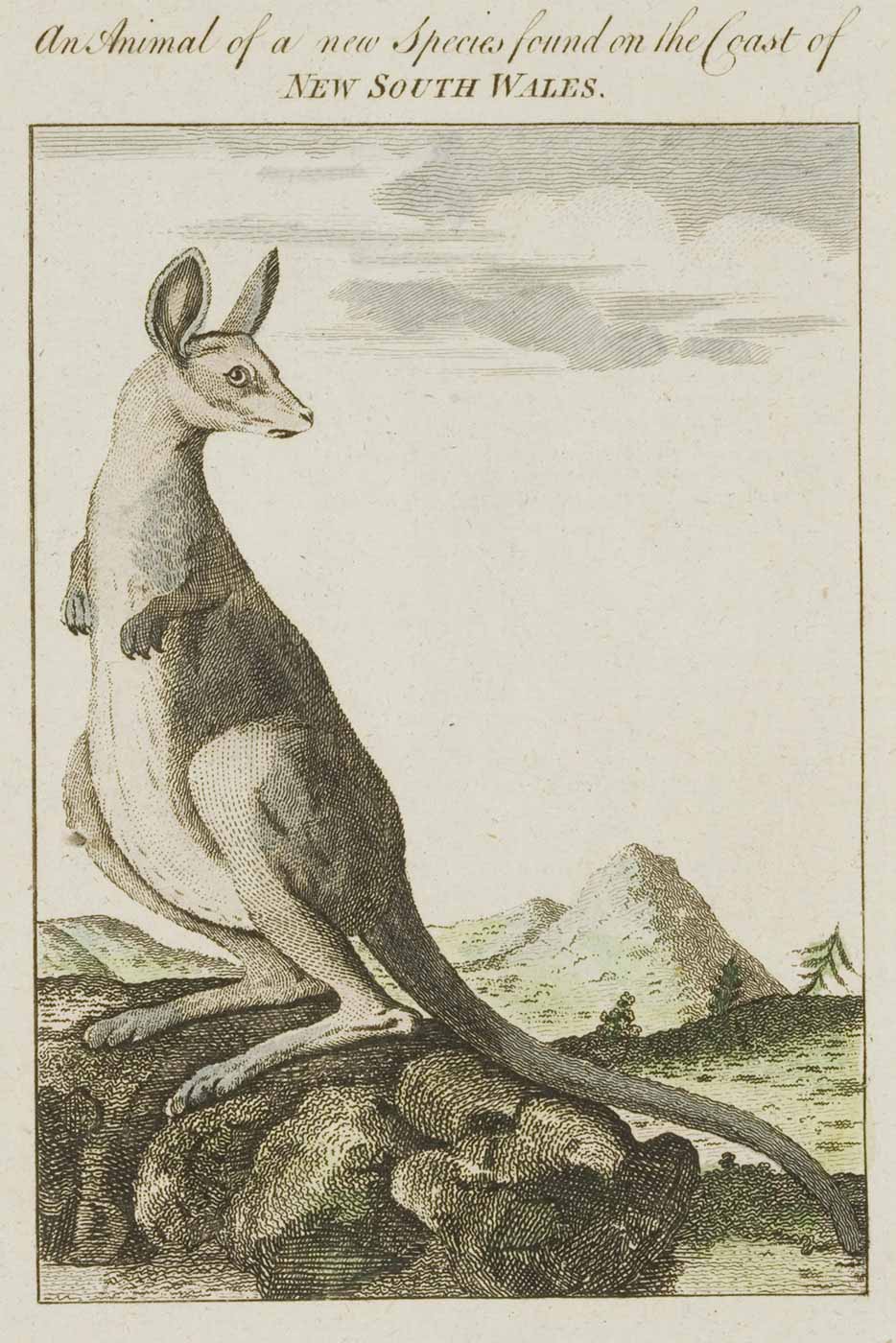The word 'kangaroo’ comes from the Guugu Yimidhirr people sharing the word ‘gangurru’ with James Cook and the crew of the Endeavour in 1770. Emblematic of Australia’s unique wildlife, the kangaroo is part of the coat of arms, is seen in various logos and is a mascot at international sporting events.
More on the kangaroo
More than 150 Australiana objects, from a Doulton ceramic kangaroo umbrella stand to jewellery inspired by the kangaroo.
Match words in Guugu Yimidhirr language with words recorded by James Cook’s Endeavour crew in our free online game.
Curiosity to official emblem

After the Endeavour's visit, the kangaroo soon appeared in exhibitions, collections and printed works across Europe. By the 1880s, this hopping marsupial was used to brand products ranging from bicycles to Billy Tea.
Hunted for meat and for sport, and used as a motif in the decorative arts, the kangaroo was finally recognised as an official symbol of Australia when it was included on the nation’s coat of arms in 1908.
The kangaroo has appeared on currency and stamps and on Royal Australian Air Force aircraft. From Ken Done to Qantas, Australian Made to the Jillaroos, the kangaroo bounding through the landscape is an enduring symbol of Australia.

Kangaroos at Cape Schanck, Victoria, 2019

Kangaroo candlestick, 1885




Federal Parliament souvenir mug, 1927

The boxing kangaroo at Agnone, Italy, about 1943

‘Buy Australian sultanas’ poster, about 1927

Kangaroo print, 1802

Matilda the Commonwealth Games mascot, 1982




‘Combine, Australia!’ cartoon, 1899


Kangaroos belong to the Macropodidae family, meaning ‘big foot’ in Latin. The family includes red and grey kangaroos and smaller wallabies, potoroos and tree kangaroos. The red kangaroo is the world's largest marsupial.
Stubbs’ kangaroo
Endeavour botanist Joseph Banks returned to England with the skull and skin of a kangaroo collected at Waalumbaal Birri, near modern-day Cooktown, Queensland.
These were among a vast number of specimens of plants and animals previously unknown to Europeans. Banks commissioned George Stubbs to paint the animal.
The official account of the Endeavour's voyage was published in 1773 and was illustrated with an engraving of Stubbs’ kangaroo. This was the first printed illustration of a kangaroo and quickly came to symbolise the Australian continent.





‘Like the boomerang may you come back’ postcard, about 1914–18

‘Our boys’ postcard, about 1914–18

‘A jolly Christmas’ postcard, 1914–18